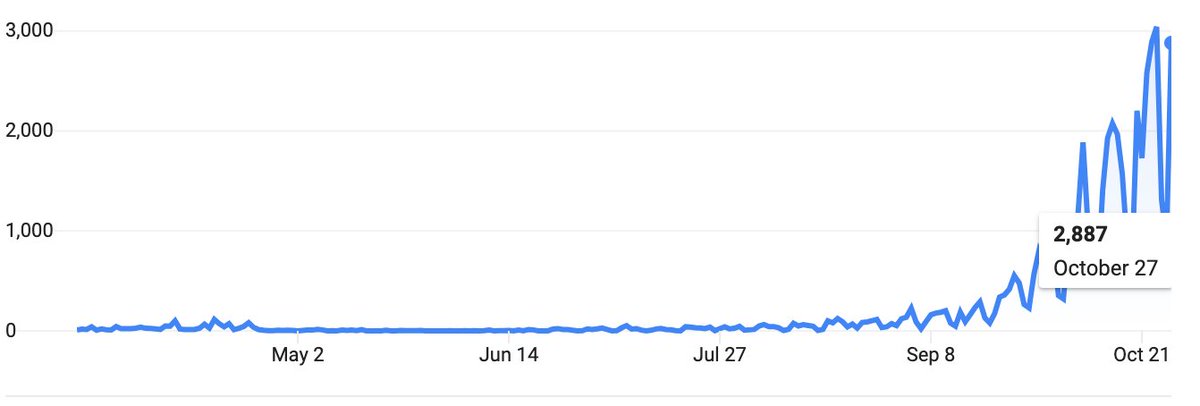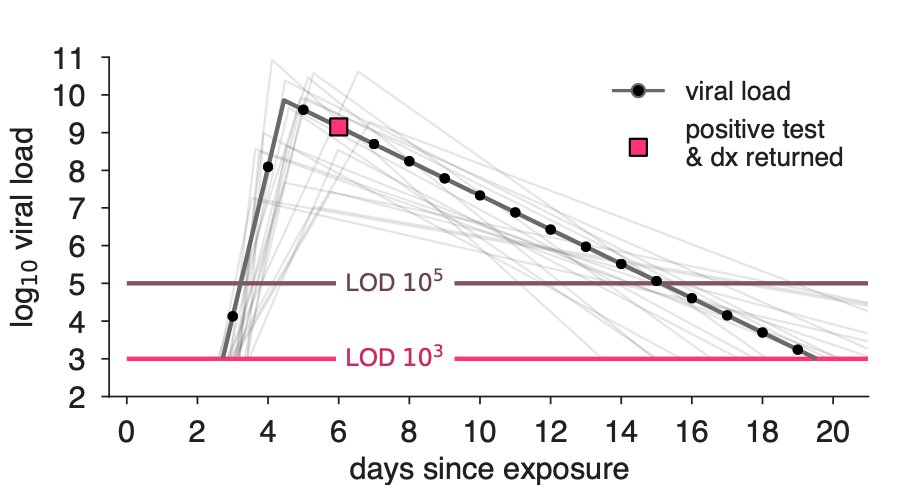
Updated preprint: Model-informed COVID-19 vaccine prioritization strategies by age and serostatus.
Smart suggestions from formal/informal review mean that the paper still asks how demographics, contacts, vax efficacy, & seroprevalence affect prioritization by age, but now...1/
Smart suggestions from formal/informal review mean that the paper still asks how demographics, contacts, vax efficacy, & seroprevalence affect prioritization by age, but now...1/
https://twitter.com/bubar_kate/status/1304472235214741504
We asked whether transmission-blocking properties affect prioritization. Intuitively, as the vaccine's transmission blocking properties become worse, direct protection of adults 60+ became/remained the clear best prioritization—across countries, R0 values, & vaccine supplies. 2/
Btw—there's a nice piece by @MollyEFG & team that shows why indirect effects are critical. In the medrxiv version of their NatMed editorial, they have this figure, showing how transmission blocking effects are *extremely* valuable at pop. scale. nature.com/articles/s4159… 

That figure shows that transmission blocking effects may be MORE valuable to public health than protective effects, particularly when moderate numbers of people have been vaccinated: enough to break down transmission in aggregate, but not enough doses to protect all directly. 4/
We also looked at whether decreases in vax efficacy among older adults might change the ranking of prioritization strategies. In short, we found that VE would have to drop to 25% or lower among the oldest adults to change priority from adults 60+. The IFRs by age are powerful. 5/
We then looked at how vaccine rollout speed affects prioritization. In short, faster rollouts are better (obvious) because in the models, the processes of (a) vaccination and (b) disease dynamics are both competing for susceptibles. Faster rollouts mean (a) outcompetes (b). 6/
The upshot of rollout speeds is that countries like NZ, Taiwan, S. Korea, who can roll out a vaccine prior to reopening have more options available. However, we still find that vaccinating adults 60+ would minimize mortality, even when vaccines are given prior to reopening. 7/
The idea to include rollout speed came from peer reviewers & from a great talk by @cmmid_lshtm's Mark Jit, from Frank Sandmann & team, looking at health and economic impacts of various vaccine properties (effectiveness, duration of protection) in UK. 👇 8/
medrxiv.org/content/10.110…
medrxiv.org/content/10.110…
(CMMID model included rollout over time to make their calcs more realistic—I got curious about whether speed made a difference in our model. We found that it changes vax impacts, but doesn't change ranking of prioritization strategies. Grateful for cross-pollination of ideas!) 9/
Finally, we more fully developed the idea that vaccines might be redirected to seronegatives to accelerate the impact of limited supplies. Assuming past infection is more protective than no past infection, this would build pop immunity faster—but not sure if it's practical... 10/
For example, we modeled targeting seronegatives using serological tests, but actually, moving seronegatives to the front of the line may happen voluntarily. In fact, this article from @apoorva_nyc quotes Yvonne Maldonado on this point in the last section! nytimes.com/2020/12/05/hea…
In sum, we still find that, knowing what we know at present, & esp without evidence of strong transmission blocking, that—after doses go to front-line HCWs and other high risk / high vulnerability folks—adults 60+ should be prioritized. Revised paper here: medrxiv.org/content/10.110…
• • •
Missing some Tweet in this thread? You can try to
force a refresh






